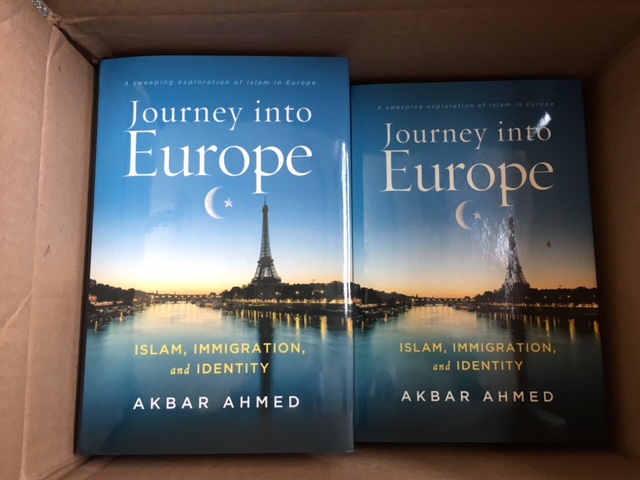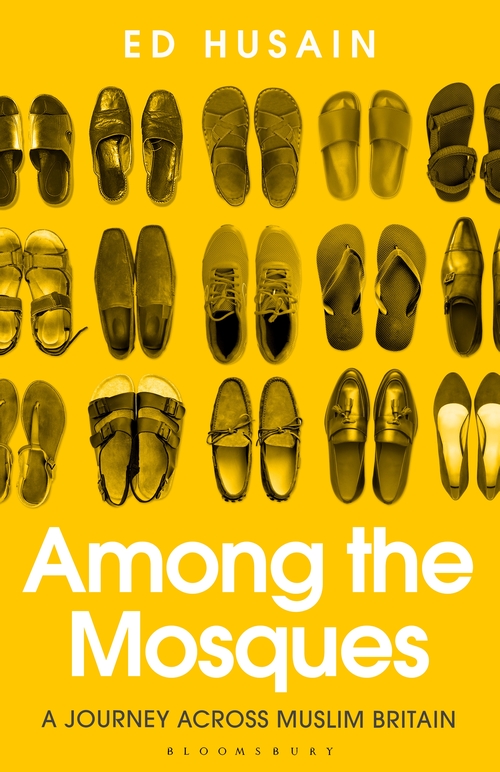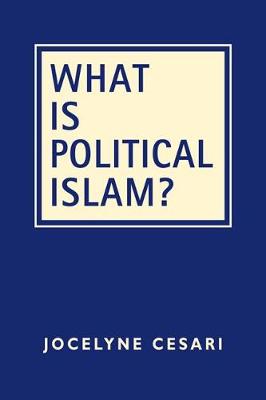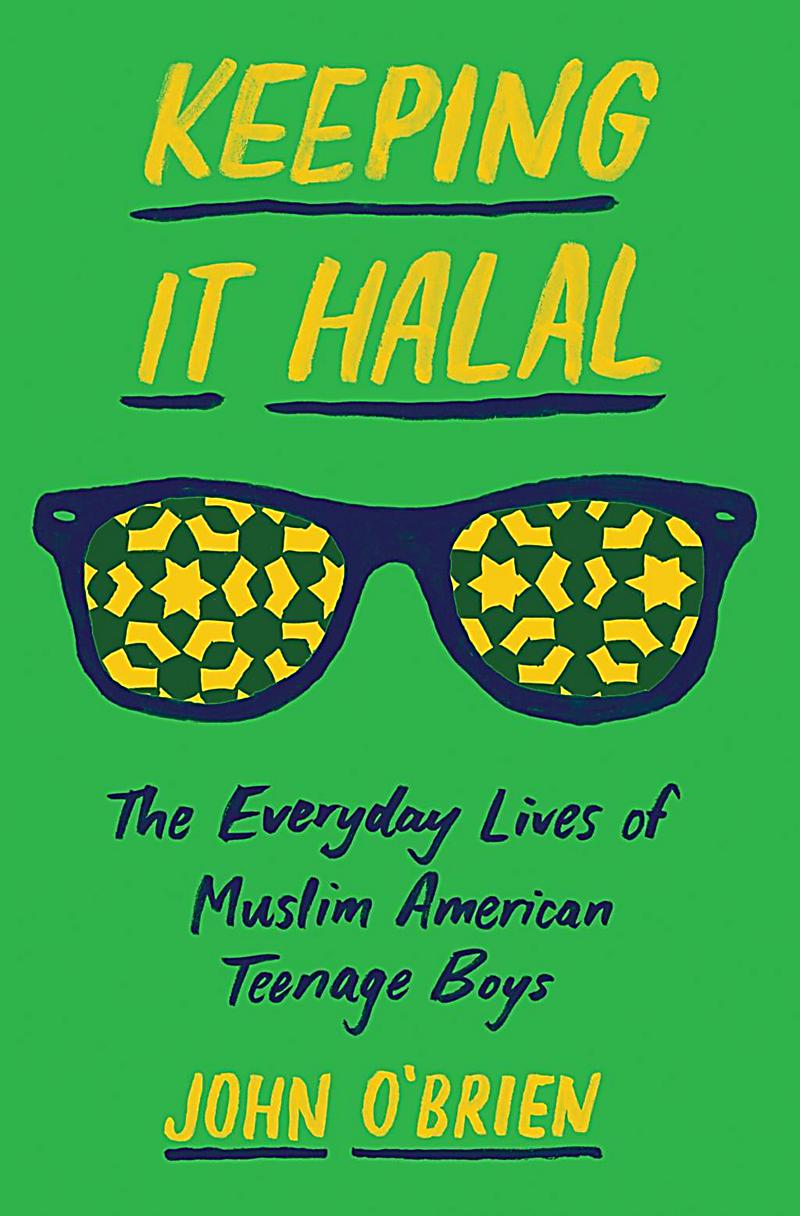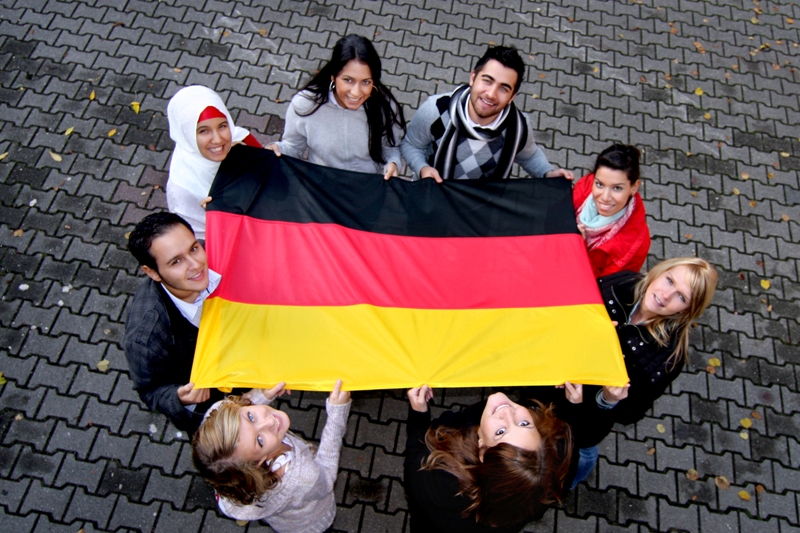Writing any type of survey book on Islam in Europe is not a task for the faint of heart. Islam’s long-term presence in Europe, combined with its myriad expressions and trajectories across the continent in modern history, makes such a project a daunting one. Ambassador Akbar Ahmed, the Pakistani high commissioner to the United Kingdom and Ireland and the Ibn Khaldun Chair of Islamic Studies at American University, takes up this challenge and produces a masterpiece in Journey into Europe: Islam, Immigration, and Identity (Brookings Institution Press, 2018). The book is a magisterial examination of Islam’s place in Europe’s historical, cultural, and political landscape.
The book is the last of a four-volume series from Ahmed devised and written after the September 11 attacks to address the relationship between Islam and the West. Of the four, this is the only one specifically devoted to Islam in Europe. Ahmed’s methodological approach can best be described as anthropological, though he readily acknowledges the book does not reflect “standard textbook anthropology” (34). Ahmed weaves participant observation, ethnographic descriptions, case studies, and personal interviews into a larger narrative amply informed by historical research.
Journey into Europe is both descriptive and prescriptive. What Ahmed describes is a continent at a crossroads as it struggles to determine how, or whether, Islam factors into its own identity formation. Ahmed illuminates this struggle by arguing Europe is best characterized by three competing identities. The first is its primordial identity, a type of tribalism in which Europeans come to value their own unique culture and traditions. The second is its predator identity, an aggressive, exclusivist, and even militaristic form of expression that defines what it means to be European in narrow religious, ethnic, or racial terms. The third is its pluralist identity. This identity moves away from tribe and blood by drawing on the shared history of diverse peoples in Europe. Ahmed uses the Spanish term la convivencia to capture this strand of European identity and lifts up Jewish, Muslim, and Christian co-existence and cooperation in historic Andalusia as an example of this pluralist model.
What Ahmed prescribes is an elevation of the pluralist identity as more central to what it means to be European. But he recognizes Europe faces enormous pressures to choose a more dangerous path. As large numbers of refugees and asylum seekers cross into Europe, as a virulent strand of Islamophobia fueled by the Far Right spreads, and as a small minority with a Muslim background turns to violence or terrorism, the temptation for many in Europe is to revert to a tribal or, even worse, an exclusionary European identity based on blood and lineage. Many have already given in to this temptation, and the result has been a rise in anti-Muslim hatred and violence along with the implementation of policies that jeopardize human rights, civil liberties, and democracy—the very foundations of European modernity. The hope for a peaceful, prosperous Europe lies in imagining and implementing a New Andalusia. Only a pluralist Europe that recognizes the gifts and contributions of its diverse populations can maintain its core values as it moves further into the twenty-first century.
One of the greatest strengths of Journey into Europe is that it does not censor perspectives on Muslims that might give the reader pause concerning the realization of a New Andalusia. In addition to presenting stories of Muslims collaborating and cooperating with the non-Muslim majority for the common good, Ahmed also tackles sensitive topics pertaining to Europe’s Muslims, including instances of anti-Semitism, cases of foreign fighters joining ISIS, and expressions of anger or resentment toward the majority population.
In one notable account, he describes how three researchers on his team, while parked outside a mosque in Bradford, England, as they were preparing to film a documentary, were verbally harassed by large numbers of British-Pakistani students coming out of a nearby school. At one point, some students pounded on the vehicle in an act of physical intimidation. The proximity of the researchers to the mosque was seen as an act of provocation, and the students responded accordingly. It was an ugly scene and a most unfortunate experience given the purpose of the research project.
Ahmed could have kept this story to himself since the incident was an exception to the overall hospitable welcome his team received from Muslims throughout Europe. He didn’t. He puts it out there as something readers must come to terms with in trying to make sense of the anger Europe’s Muslim youth sometimes feels toward the majority population, particularly in light of policies that contribute to their marginalization and alienation in countries like Britain.
Journey into Europe succeeds admirably in giving voice to a diverse array of Muslim perspectives and experiences in Europe’s past and present, and to telling the stories of how Muslims from many walks of life are contributing to their communities while navigating the obstacles that prevent them from full inclusion in Europe. It also presents a bold vision of what Europe has the potential to become not in spite of its religious diversity but because of it. Ahmed’s study is a tremendous and timely contribution to the academic literature on Islam in Europe and is essential reading in these tense, difficult times.
http://readingreligion.org/books/journey-europe

